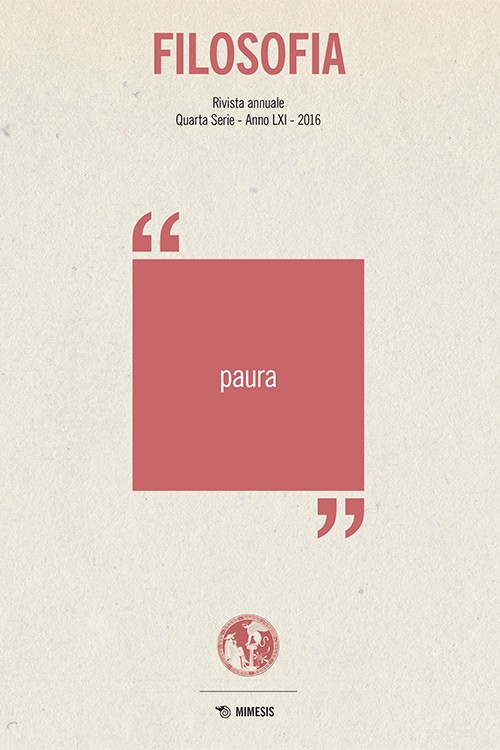Estetizzazione della paura, sublime naturale e analisi del soggetto in Burke e Kant
Abstract
Fear was a fundamental issue in political philosophy and moral theories (Hobbes, Spinoza) before the aesthetic turn brought about by Burke and Kant. In Edmund Burke’s Philosophical Enquiry into Our Ideas of Sublime and Beautiful, fear is the form in which Sublime really operates in the mind and body of the beholder. Fear is converted into terror and into a sort of delightful terror, which affects the subject of its action. Its outcome may be considered a strong physical reaction to several aspects of Nature and its objective reality (stormy seas, huge and elevated mountains, deep caverns resounding mysterious echoes and voices, fierce and dangerous beasts). In the Critique of Judgment, fear is an expression of the dynamic sublime, the power of nature that exposes human beings to formidable natural forces. This evokes a feeling of weakness, but it is precisely this feeling that induces the certainty of a force greater than the natural, namely the power of reason, which compensates for human insufficiency in the moment of fear. In this way, Kant releases man from it, although ruling out the possibility for this experi- ence to become an object of aesthetic contemplation.
Downloads
Filosofia applica una licenza Creative Commons Attribution 4.0 International License a tutto il materiale pubblicato.







